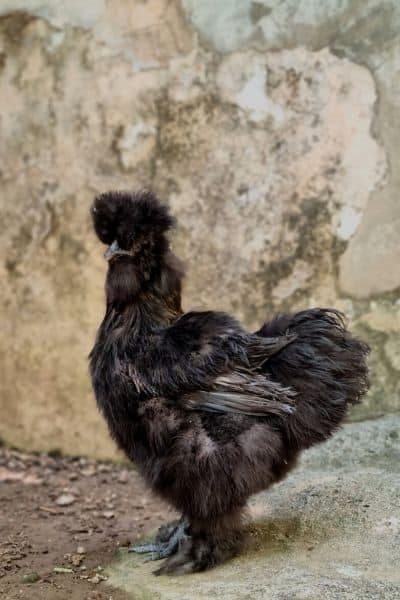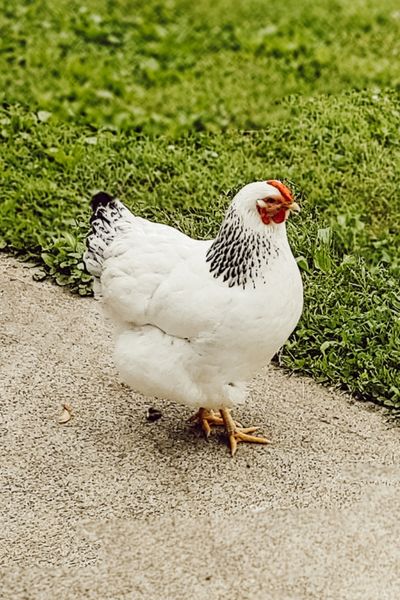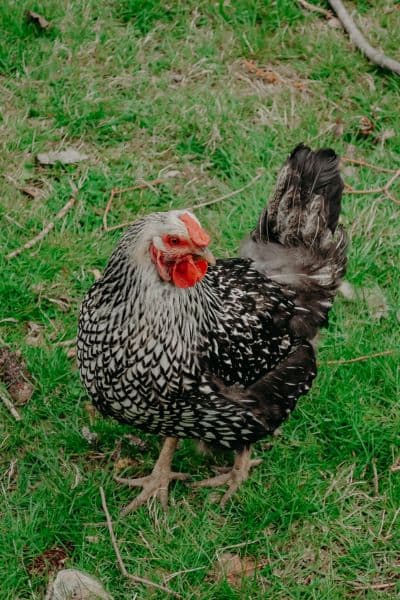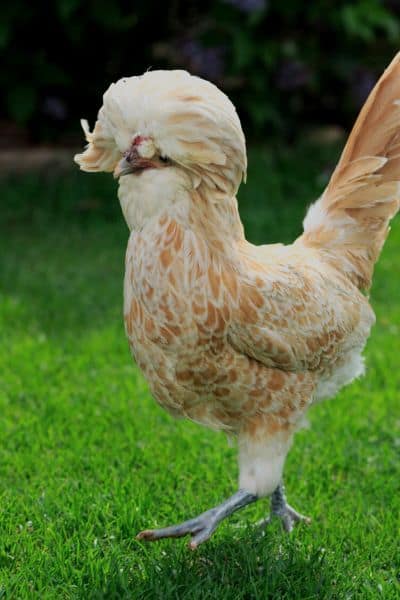Unlocking the Gate: Your Guide to Picking Farm Animals That Stay On Your Backyard Farm
There it is… That adorable face that is pulling at your heartstrings. Your heart wants to keep it but your gut is telling you to make smart choices. That is the hard thing about raising animals. There are the want-to’s and the should-do’s…
Animal owners often have a weakness for animals… Shocking right?
It can be hard to say no to animals we see that don’t have homes or the ones people are getting rid of for a low cost. The trouble with doing that is it is very easy to end up with more animals than you can afford to feed or animals you don’t really love to raise.
Then you start to feel the pinch in your bank account.

I have a mom that has the same animal habit that I do and we can get into trouble together when it comes to animals.
A perfect example is our little dove escapade where she was getting into doves and I got pulled into something new. Because, heck why not? They are interesting and it’s something fun to try. But I did not stop to think if they fit into the overall goals of the business.
Sure it was fun but it still took time and energy away from what I was meant to do.
But hindsight is 20/20 and I can see now that they were not right for me. I am a rabbit girl and probably always will be. Something about them makes my heart smile. The doves… meahh they are ok but not nearly as much enjoyment.
So how can you make sure you are on par with the animals you are raising and put as much energy as you can into the right things? Well, let’s dive into choosing the right animals for your backyard farm.
Do Regular Assessments of your farm animals
Even if you are not selling anything you need to do regular assessments of your goals. Have a plan and purpose for everything you are doing. Do a gut check and ask yourself “Why am I doing this?” Does it still feel right? Make adjustments if not.
Then every six months to a year you as the animal raiser and/or business owner should take a look at the livestock you currently have. Stop and make sure the animals you have are on track with your goals. Just like I had to do with the pigeons.
It is also a good idea to evaluate your livestock before you attend a livestock sale, swap meets, or start skimming the pages of Craigslist. This will help you keep focused on the goals you have for raising those animals in the first place.
Maybe you have “permission” to shop but you should make a list of the attributes you are looking for in an animal. It’s easy to make the wrong choice simply because something was cute or extra friendly.
Have your goals easy to reference while you are “shopping” for additions to your herd. So you can look at them often while out looking around so you stay focused.
Its ok if things get off track. Just make changes as soon as you notice things are a little wonky.
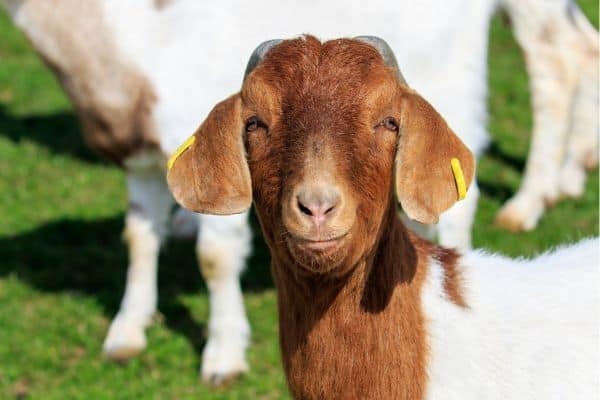
First Steps To A Livestock Assessment
Completing an assessment will help you bring home the animals that will move the needle forward on your hobby farm. You only want to bring home animals that will help you to grow to meet the goals you have for your farm not take you backward.
1. Write out your goals
First I want to say start small. Don’t try to get to be where you want to be in 10 years while you are in year one. You will get overwhelmed and burn out fast and your budget can’t handle it.
Think about what you want your daily life and work to look like. What is the purpose of raising these animals? Is it to make an income from home or to provide all of the meat for your family?
Maybe you are doing it for fun and that’s ok. But, no hobby should cause a strain on the family budget. So make sure to set clear boundaries for your monthly budget and stick to it.

Read more about getting started with farm animals here.
2. List Out Your Livestock
Start by making a list of how many of each species you have and their purpose. This is key!
In order to set the right goals and know where you are headed, you have to know where you are standing. Using chickens as an example this is how I want you to list out your livestock.
Chicken Flock Assessment
- 2 roosters: (flock protection)
- 25 two and a half-year-old: (laying hens)
- 30 pullets: (replacement for old hens.)
See what I mean? Do the same for every animal you have. Whether it is an angora rabbit for wool or a Dairy goat that should be but is not producing, make sure to write it down.
3. Be Willing To Cut Back your farm animals After Your Assessment
Now, look at your goals and the list of animals you have. Do they fit together? What needs to change?
To generate an income with animals you have to be very realistic. Get so focused on what it is costing you and what your return on investment of time AND money.
You have to be willing to cut back on the animals that are costing more than you can make back or are not serving a purpose.
Farm animal assessment example
Here are my imaginary farm goals below.
- Producing meat goats for 4H kids.
- Rabbits for the 4H community as well as showing.
- Chickens for producing eggs for my family and selling eggs.
Below are the imaginary farm animals I have. There is some animal reduction that should be done to make the operation run more efficiently.
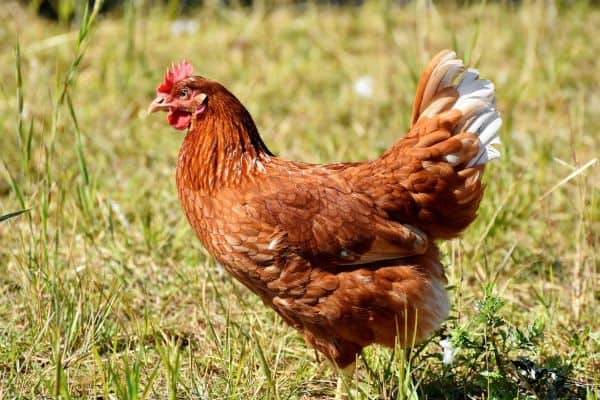
Chickens
- 2 roosters (flock protection)
- 25 two and a half-year-old (laying hens)
- 30 pullets (replacement for old hens.
First off if you are only trying to get enough eggs for your family, you only need about 1 to 2 more hens then the number of people in your family. I would consider reducing the number of pullets to 15 or less which would give you a few extra hens in case a predator decides to help himself to your flock. Which does happen… You will also have plenty of extras to sell a dozen or give away.
Solution – As soon as the pullets start to lay all 25 of those older hens should be added to the freezer or put up for sale at a very low price or even free. They will not likely continue to lay daily for much longer. By getting rid of almost half your flock, the feed bill will drop drastically.
Two roosters isn’t bad but if you are trying to keep things trim then you really don’t need two roosters. One is plenty if you are going to reduce the number of hens you have.
Rabbits
Obviously, I would nerd out in the rabbit department. So here is my imaginary herd of rabbits.
- Californian – 5 bucks (breeding) 10 does (produce meat)
- Dutch – 4 bucks (breeding) 15 Does (produce show babies for later sales.
- Mini Lop – 3 old does (not producing)
- English Angora – 2 bucks (woolers for spinning)
Solution – Right off the bat all non-producing animals need to go. Whether you sell them to a meat truck or post them for free as pets just get that extra weight off your feed bill. I only allow myself 1 to 2 loafers and that’s it. The rest have to find a new home.
The number of does for each breed is not bad. However, A breeder does not need more than three unrelated bucks an any given time. This will give you lots of opportunities to breed litters that are not related and be sold in time for the 4H projects. So in the example above I would definitely be selling two of the Californian bucks.
Pro tip: Californians are a very competitive show rabbit and are great for meat pens. If you want to keep the breed consider taking your stock up a notch and can be sold to both show and meat projects and not just for meat. This gives you two income streams.
Goats
- 3 Boar – one billy, and two does (Meat)
- 3 Nubian – does (Dairy)
Solution – Unless you are selling dairy there is no need for three dairy goats. One per family is all that is needed. If you want to be successful in producing meat goats for the 4H and showing community, keep your focus strong on the meat goats.
If you want to stay small but bring an income, then you will breed at least 5 does depending on the quality you are willing to pay for. Yes, I am giving you permission to get more. Your welcome. Just make sure to focus your animals on the right breed.
Who Makes The Cut
Now you might have all one breed but you want to make sure that your animal QUALITY is in alignment. So how do you decide?
First, look at quality in regard to body type and overall production characteristics. If you are raising a dairy animal then your does need to be good milk producers. Make sense?
Then look at possible production years. There is no point in keeping a nice animal if they are as old as the hills.
When you are assessing your livestock make sure what you have aligns with your goals. That is a big part of making sure you are building a business you love and not building something you hate doing.
It is 100% doable to have an intentional and profitable backyard farm if you are willing to stay focused and not lose sight of the reasons you wanted to start this business and generate an income. You just have to keep checking in and adjusting as you and your goals change.
